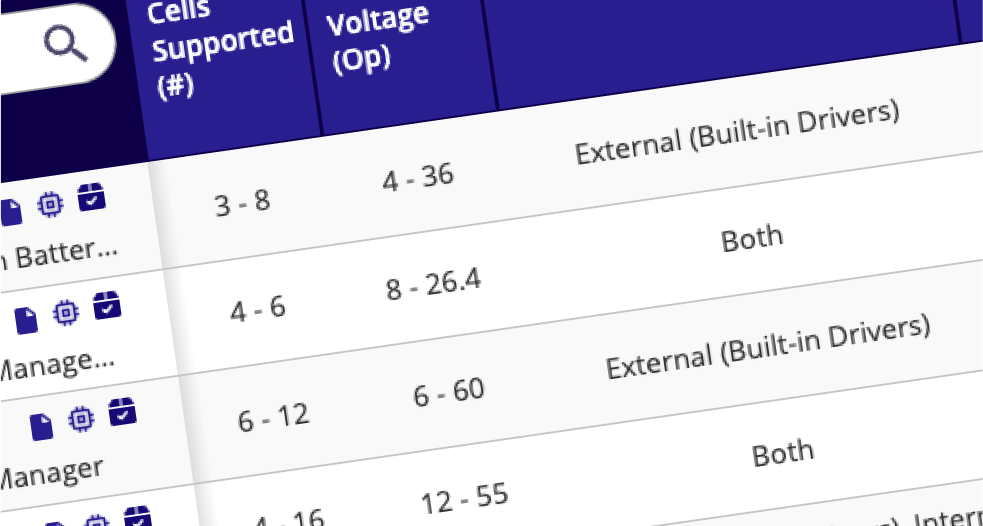Renesas offers a comprehensive portfolio of linear and limiting optical transimpedance amplifiers (TIA), and driver modulators for optical networks in data center applications and long-haul and metro applications. Renesas' TIAs provide flexible power level control with programmable transimpedance and frequency range, all in a small footprint.
TIAs for Datacenter, Short-Reach
Renesas' low power transimpedance amplifiers with integrated post-amplifier (TIA+PA) provide high performance, high data rates, low power, and low emissions. Renesas' TIA+PA receiver arrays enable chip-to-chip, board-to-board, and system-to-system optical interconnects, removing the constraints of copper cabling, and enabling the realization of higher data rates with significantly less EMI and power consumption.
TIAs for Long-Haul, Metro
Renesas' linear TIAs feature excellent gain, noise performance, and power dissipation, and are available in die form, while Renesas' limiting TIAs are used for DPSK and DQPSK receivers and are available in die and packaged form. Whether your receiver optical sub-assembly (ROSA) requires high input sensitivity, high transimpedance gain, low noise/jitter, low power consumption, or high voltage output (or a combination of all these features), Renesas can provide the optimal solution.
 Product Selector
Product Selector